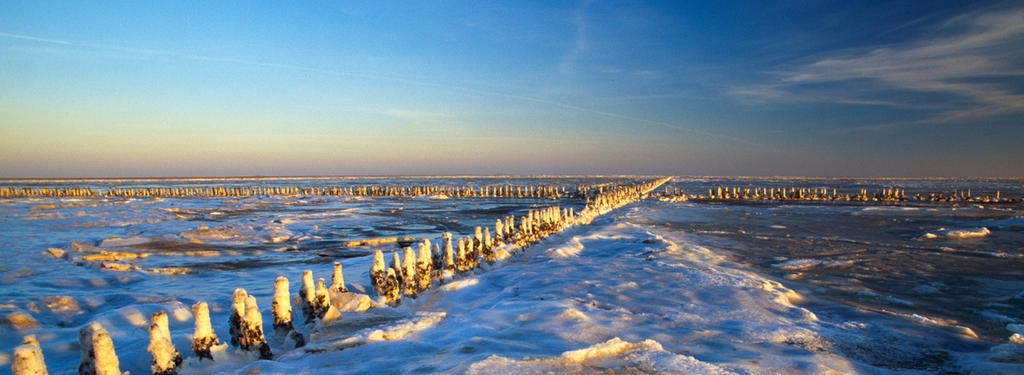Meet the northernmost member of the Wadden Sea World Heritage family.
Visit the National Park Vadehavet, the largest national park in Denmark, with its characteristic open landscape. The shallow sea areas, the tidal channels, dry sands and the Wadden, Skallingen and the Wadden Sea islands are all characterized by a rich and varied nature. Here, beach and dune landscapes can be found along with the marshes, shore meadows, estuaries, areas protected behind dikes and 'kogs'.
Discover the Horns Rev, or 'Devil's Horn', with its hazardous shallows. Up to 4 meters below sea level is a ship graveyard, where many unfortunate vessels that sailed into this area in the past ended their days on the sea floor.
Visit Tøndermarsk in the autumn and witness the incredible spectacle of over one million starlings taking to the sky to create an impressive display, known as the 'black sun'. Or get up close to two of Denmark’s largest predators – the harbour seal and the grey seal.
Listen to the stories of man’s relationship with the sea and how we have used nature’s resources, from ancient times to the present day.
Or just watch the constant motion of the tidal water, feel the wind, watch the enormous swarms of migratory birds, the bottom-dwelling animals and, of course, the never-ending horizon.






